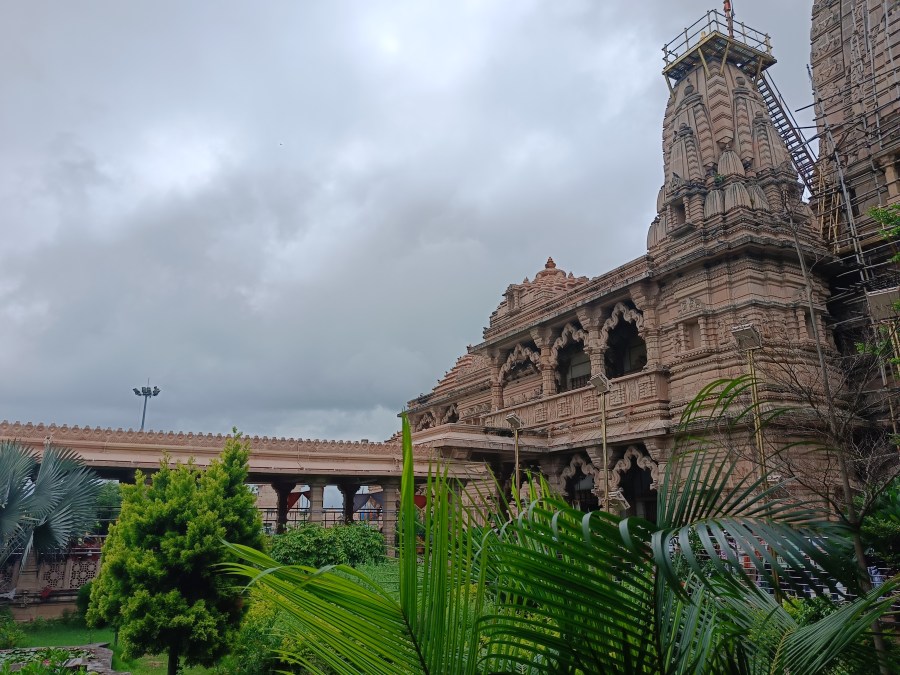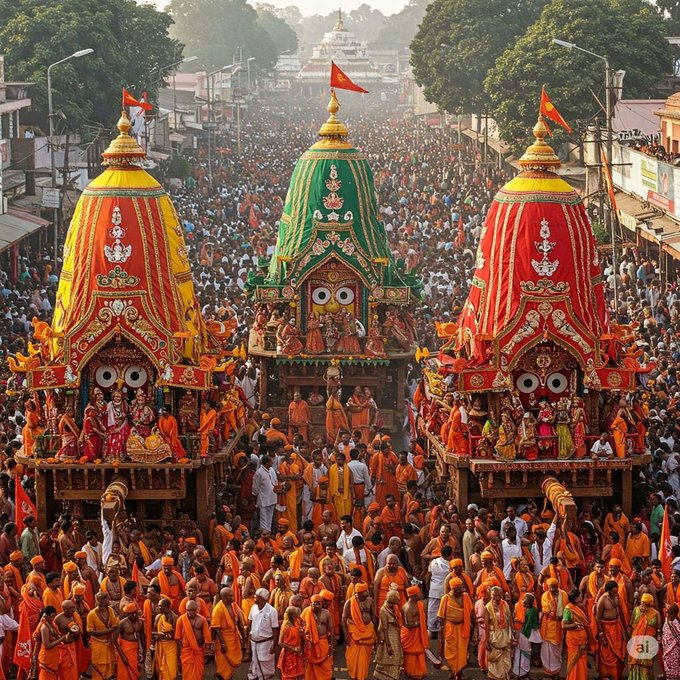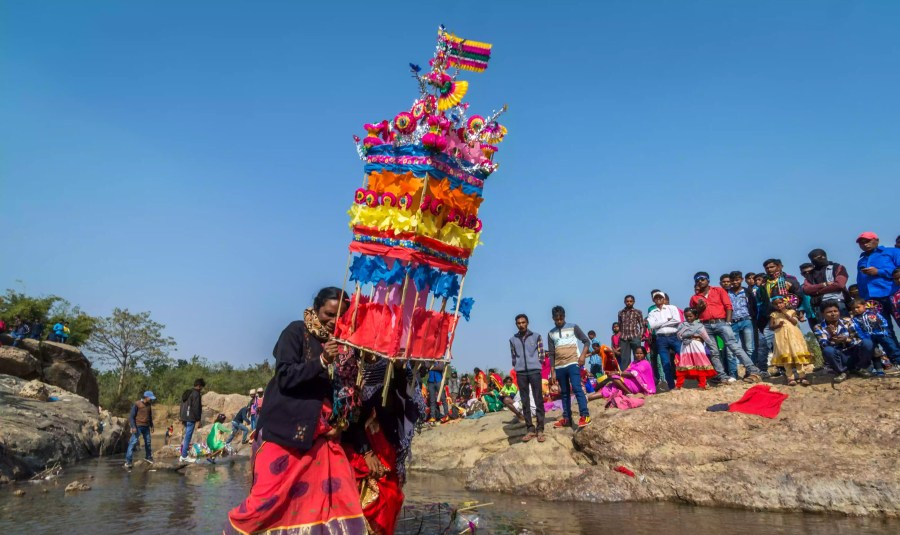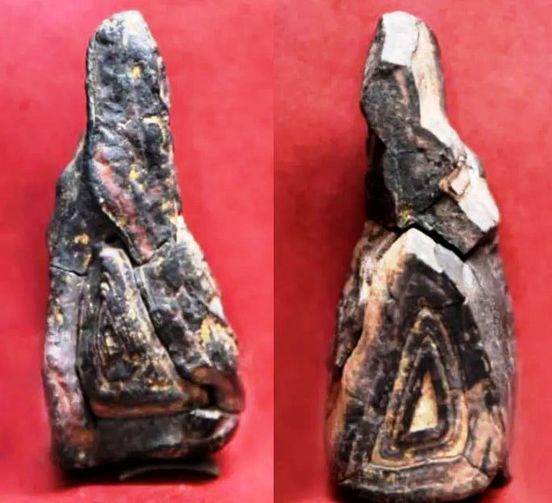In the ebb and flow of faith and philosophy, Sanatan Dharma stands not as an ancient relic but as a living continuum — ever-evolving, inclusive, and deeply human. From the Vedic hymns to the Bhakti verses and modern reinterpretations, it reminds us that true faith is not a system of control but a personal awakening — a journey inward, toward harmony with the eternal rhythm of existence.










